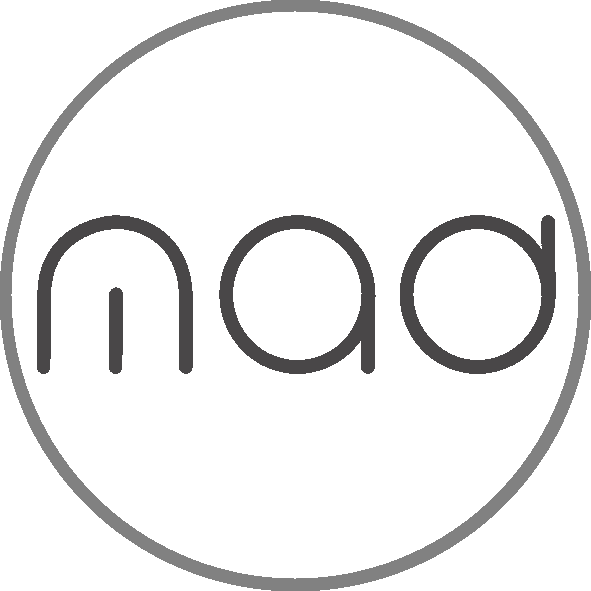Research Article
Aim & Scope
Journal of Spatial Research publishes original scientific research studies in the field of design and planning. The manuscripts submitted to the journal are expected to address current issues in the field of Architecture, Design and Planning and encourage researchers to engage in scientific discussions.
In the subject areas of Architecture, Interior Architecture, Urban and Regional Planning, and Landscape Architecture;
- Design, theory, and methods,
- Planning,
- Conservation, renovation, and restoration,
- History and theory,
- Building technologies and building physics,
- Building elements and materials,
- The physical environment control,
- Sustainability and ecology,
- Design and planning education
Author Guidelines
- Font: Times New Roman, 11-point, single-spaced, justified
- Paragraph Spacing: 6 nk after each line
- Block Quote: Times New Roman, 9-point (indented 1 cm)
- Footnotes: are not used, and if necessary, endnotes can be added to the end of the text in Times New Roman, 8-point
- Table information: Times New Roman, 9-point

Ethical Principles and Publication Policy
- The submitted work should be carried out in accordance with ethical responsibilities.
- Authors should present the results of their work in an unbiased, clear, and understandable manner, without making any changes or manipulations.
- Authors should explain the method of their research in a clear and sufficient way so that the results of their work can be verified and evaluated by readers.
- By submitting their work to the journal, authors should declare that their work is original, does not contain plagiarism, has not been published elsewhere before, and is not under review for publication by another journal at the same time.
- Each of the authors is responsible for the submitted and published work.
- The contribution of the authors in the work should be stated.
- The institutions and sources that support the work, as well as any relevant conflicts of interest, should be stated.
- All types of research conducted using qualitative or quantitative approaches that involve data collection from participants through surveys, interviews, focus groups, observations, experiments, and interview techniques,
- Use of humans and animals (including materials/data) for experimental or other scientific purposes,
- Clinical trials involving humans,
- Research involving humans,
- Retrospective studies as per the Personal Data Protection Law.
Additionally
- The compliance with copyright regulations for intellectual and artistic works used should be indicated,
- Permission should be obtained and credited from owners for the use of others' scales, surveys, and photographs,
- In the case of case reports, it should be stated that the "Informed Consent Form" has been obtained.
- For research that does not require Ethics Committee Approval, please submit the signed declaration form of the author(s) related to it along with your article. All authors must sign the declaration form stating that Ethics Committee approval is not required.
- Referees are obliged to evaluate the work impartially and fairly, away from any biased perspective.
- The suitability of the referees’ field of expertise is important for effective evaluation. Referees should indicate any mismatch between their field of expertise and the invitation to evaluate when accepting it.
- Referees should consider possible conflicts of interest in the evaluation. Conflicts of interest should be stated if they exist, and referees should withdraw from the evaluation if necessary.
- Referees should respond to the invitation to evaluate and comply with the time constraints given in the evaluation process.
- Referees evaluate the entire material submitted. They are responsible for maintaining the confidentiality of the evaluation. Referees cannot communicate with authors or exchange information about the evaluation without the knowledge of the journal.
- Referees should report any ethical violations they suspect to the journal management.
- Referees prepare their opinions in a clear and understandable manner, without leaving room for discussion, expressing the positive and negative aspects of the work and making suggestions to improve the quality of the research.
- Editors are responsible for the content of the journal and the material published within it as stated below.
- Editors should make independent, sensible and impartial decisions, free from commercial considerations, and provide a fair and appropriate peer review process.
- Editors should adopt editorial policies that encourage transparent, complete, honest reporting.
- Editors should follow up on suspicions or allegations of research and publication misconduct related to an article published in the journal and protect the integrity of the work published in the journal.
- Editors should prevent abuses arising from the peer review process or the editorial process.
- Editors should take into account the ethical compliance of studies involving humans and animals.
- Referees and authors should be informed of what is expected of them within the process.
- Editors should have appropriate policies to resolve possible editorial conflicts of interest.
Price Policy
Mekansal Araştırmalar Dergisi, açık erişim politikasını uygular. Derginin içeriğine herhangi bir ücret ödemeden çevrimiçi olarak erişilebilir. Makale değerlendirme ve yayınlanma sürecinde yazar(lar)dan herhangi bir şekilde ücret talep edilmez.
The manuscripts accepted for publication by the Journal of Spatial Research are published under the Creative Commons Attribution-NonCommercial 4.0 International (CC BY-NC 4.0) license.
